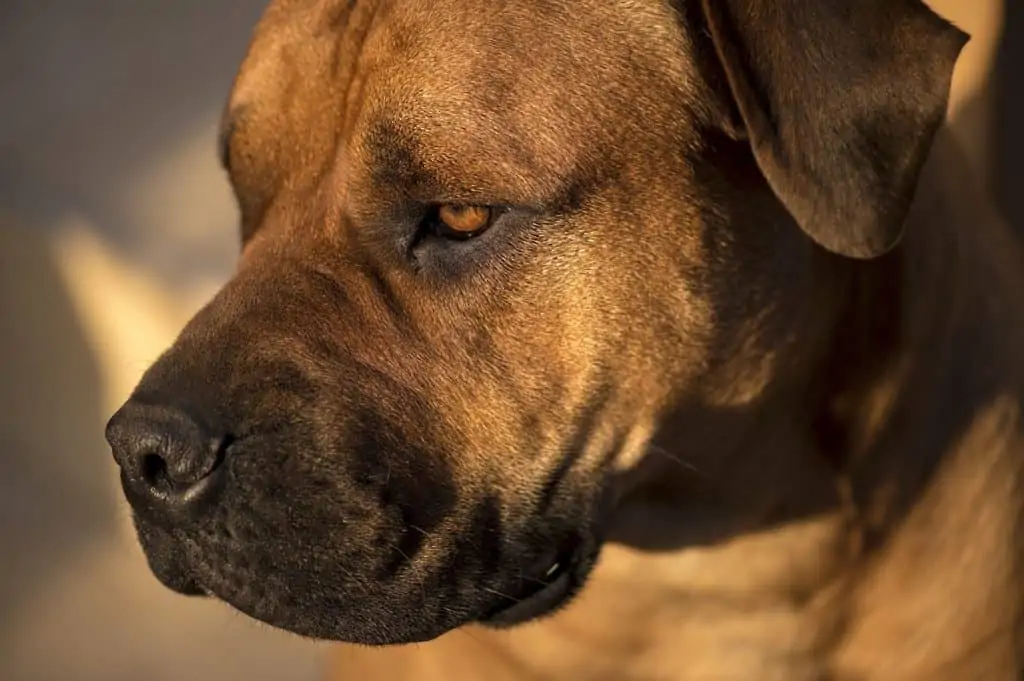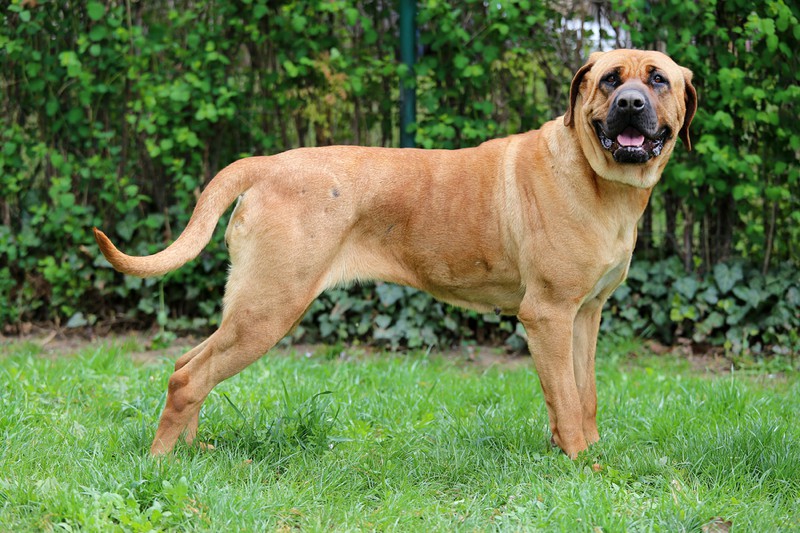
The issue of deadly dogs is one that many people are afraid about, especially following a recent string of assaults.
Certain types have the potential to cause fatal injuries if they are not trained and are left to act on instincts. When the Dangerous Dogs Act went into effect in 1991, four breeds were prohibited: the Pit Bull Terrier, the Japanese Tosa, the Dogo Argentino, and the Fila Brasileiro.
Pit Bulls are the breed most often involved with assaults in the United Kingdom. A 75-year-old lady from Blackburn was left with life-changing injuries earlier this week when her neighbor David Gorton’s dog Kia attacked her in his yard. Mr Gorton believes Kia has been tested and is not a Pit Bull, despite the fact that police afterwards classified his two dogs as Pit Bull-types.
If you have a forbidden dog, the police or a local council dog warden may take it away and hold it, even if it is not behaving dangerously or there has been no complaint. If your dog is in a public location, the police do not require a warrant; if it is in a private place, the police must get a warrant; and if it is in a private place and the police have another warrant, such as a narcotics search, they may confiscate your dog.
A police or municipal dog specialist will assess your dog’s breed and if it is or may be a hazard to the public. Your dog will then be either freed or detained in kennels until an application to a court is made. You are not permitted to see your dog while you await the court’s judgment.
If your dog is prohibited but the court believes it poses no threat to the public, it may be added to the Index of Exempted Dogs. This permits you to retain your pet, but you must comply with numerous restrictions, including taking out insurance against your dog hurting other people, having it neutered and microchipped, walking it on a leash and wearing a muzzle in public, and keeping it in a safe location.
It is illegal to sell, discard, give away, or breed a prohibited dog. According to government guidelines, whether your dog is a prohibited breed is determined by its appearance rather than its breed or name.
If your dog resembles a Pit Bull Terrier in many ways, it may be a prohibited breed. This implies that if a dog looks a specific way, it might be put down.
If you feel someone in your neighborhood possesses a prohibited breed, you may report it to your local council’s dog warden. If the council suspects the dog is of a prohibited breed, they may seek a court order to confiscate and examine it.
Between April 2021 and March 2022, there was a rise in the number of children under the age of 15 who had to go to the hospital for dog-related injuries, according to new statistics. The increase of 7.5% to 1,516 is the second biggest since records started in 2007.
The four prohibited breeds
Terrier Pit Bull

In 1991, the UK government decided to prohibit pit bulls in reaction to a spate of incidences involving brutal, sometimes unprovoked attacks, by this specific breed of dog, on people. Between 1981 and 1991, there were 15 fatal dog attacks in England and Wales. Despite the lack of substantial scientific proof that these dogs are more violent or dangerous than any other breed, they have been popular with criminals as pets, with many of them training them as attack dogs.
Tosa in Japanese

The Tosa, which was developed as a fighting dog in Tosa, Shikoku, is the only breed that is currently used in Japanese dog fighting. In addition to the United Kingdom, the breed is prohibited in Australia, Denmark, Israel, and Turkey.
Argentine Dog

The Dogo Argentino is a huge, white, muscular dog breed created in Argentina, particularly for big-game hunting, notably wild boar. Antonio Nores Martnez, the breeder, also desired a dog that would show unwavering courage and gladly defend its human partner.
Brasileiro Fila

The Fila Brasileiro, often known as the Brazilian Mastiff, is a huge working dog breed that originated in Brazil. It is recognized for its excellent tracking abilities, ferocity, and a harsh, impatient attitude. Instead of fighting its victim, the Fila captures it and waits for the hunter.